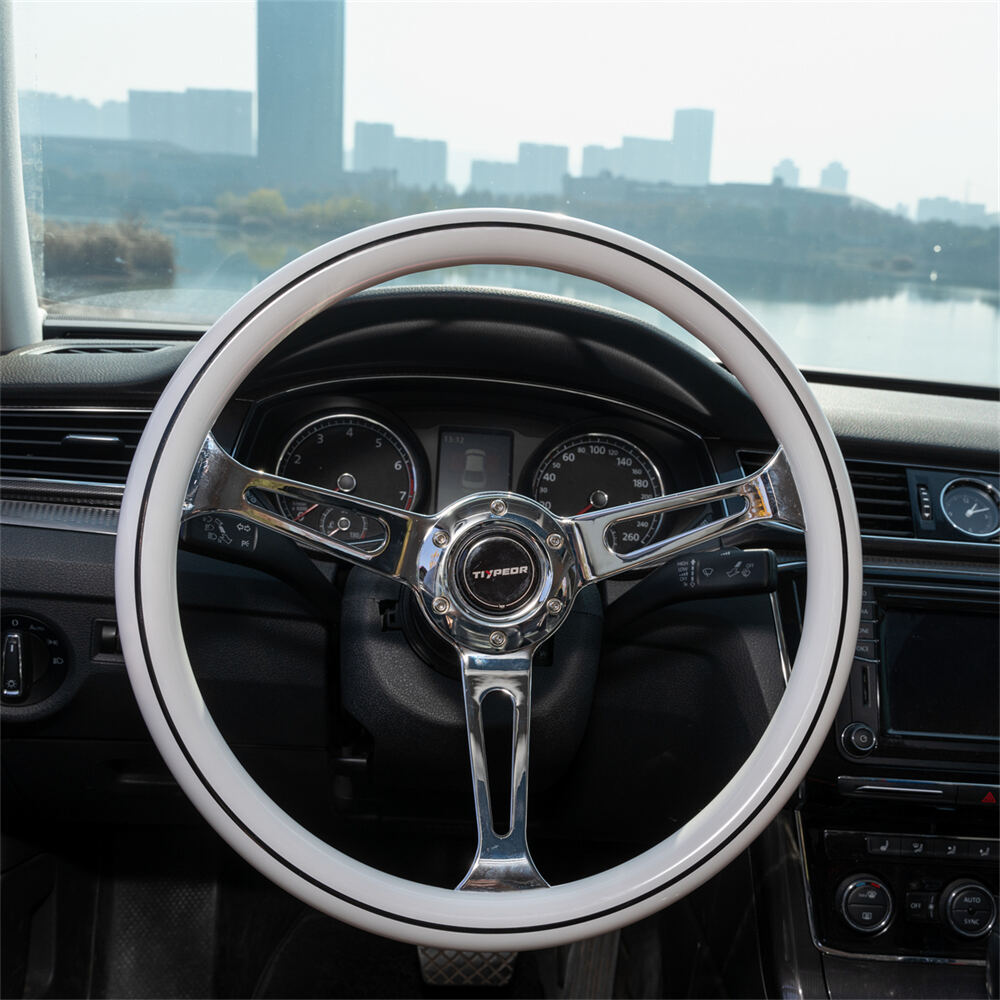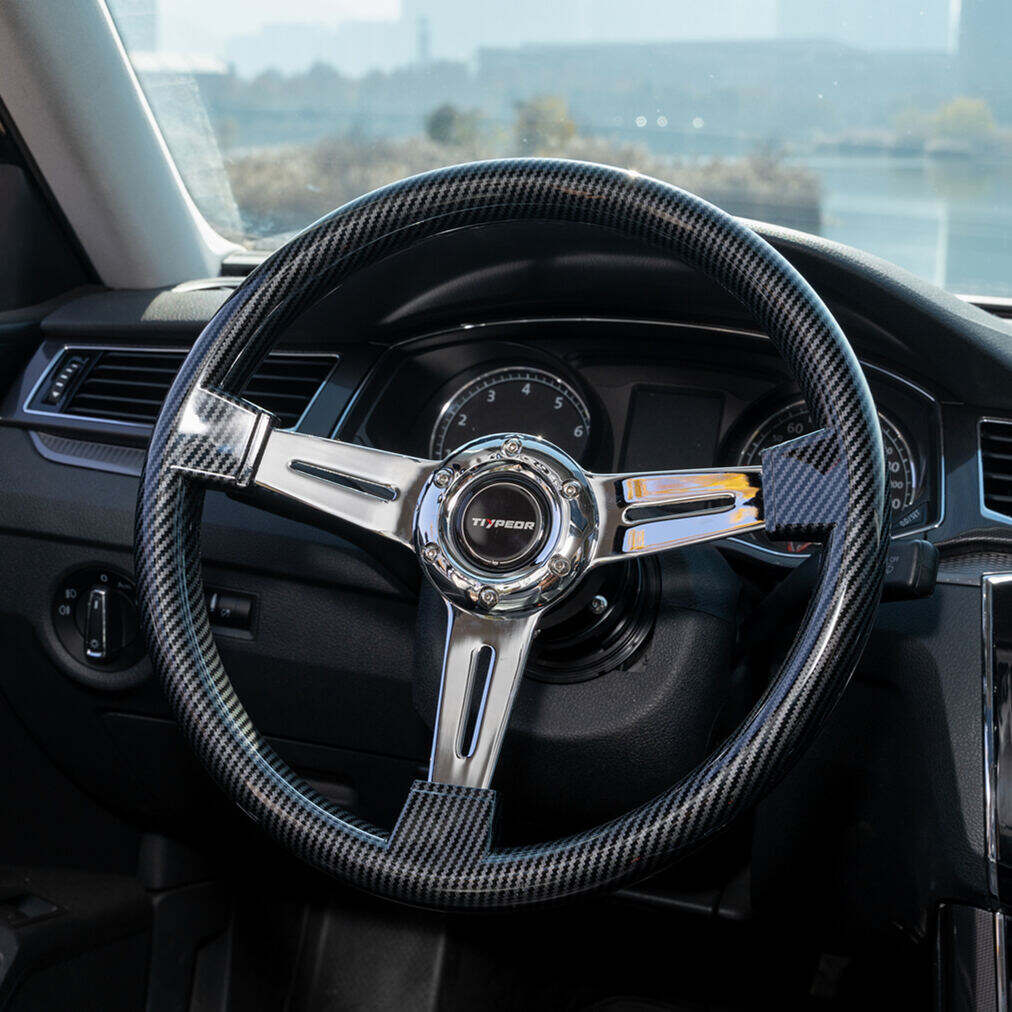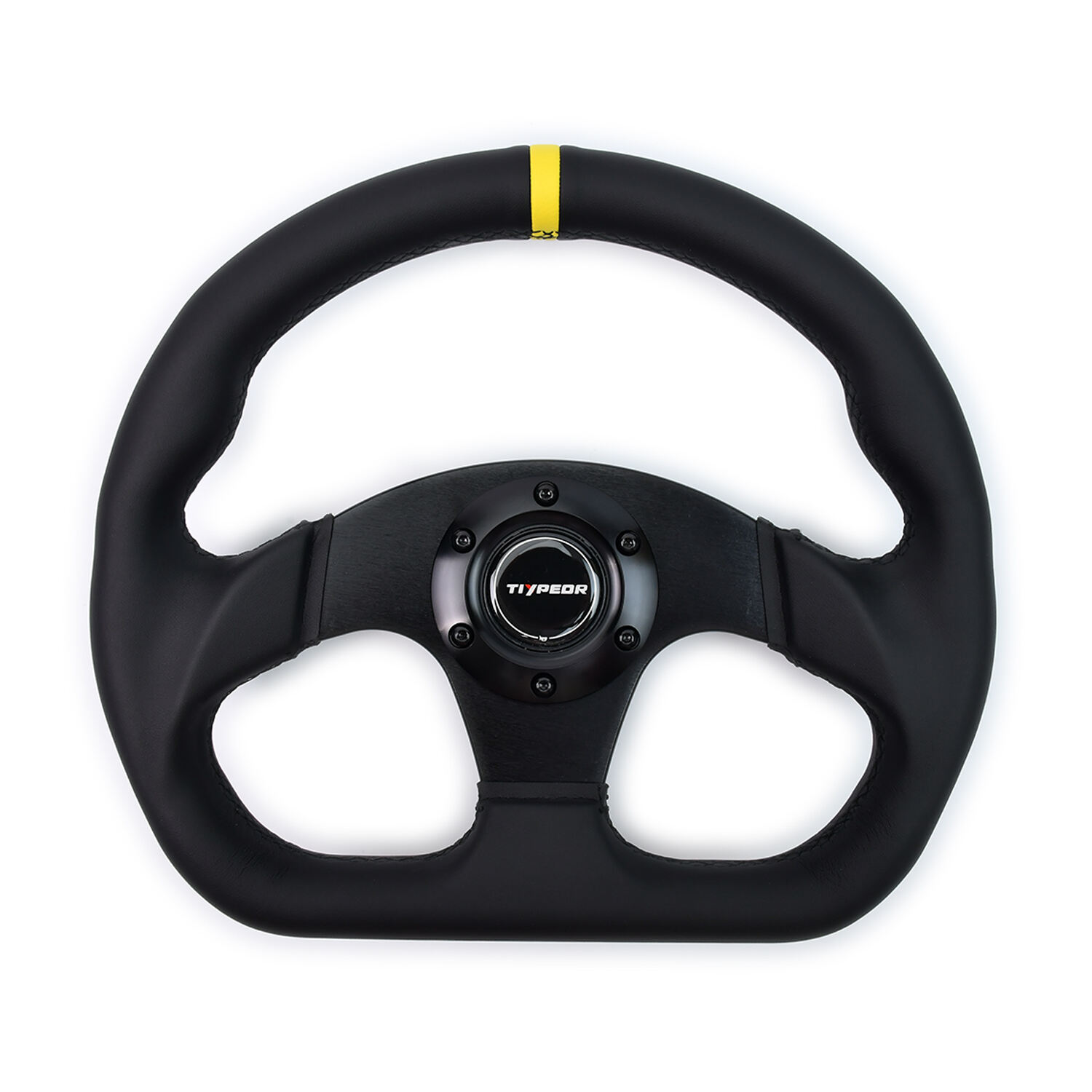lightweight steering wheel
The lightweight steering wheel represents a significant advancement in automotive technology, combining modern engineering with ergonomic design principles. Constructed from advanced materials such as carbon fiber and aircraft-grade aluminum, these steering wheels typically weigh 30-40% less than traditional counterparts while maintaining exceptional structural integrity. The reduced mass enhances driver feedback and control, allowing for more precise steering inputs and improved vehicle handling characteristics. Modern lightweight steering wheels incorporate various integrated controls, including paddle shifters, multimedia buttons, and drive mode selectors, all strategically positioned for intuitive operation. The design often features carefully contoured grip sections with premium materials like Alcantara or perforated leather, ensuring optimal hand positioning and comfort during extended driving sessions. Advanced manufacturing techniques, including precision CNC machining and sophisticated carbon fiber layering processes, ensure consistent quality and durability. These steering wheels are compatible with various vehicles, from high-performance sports cars to luxury sedans, and often include safety features such as airbag integration and quick-release mechanisms for easy installation and removal.








